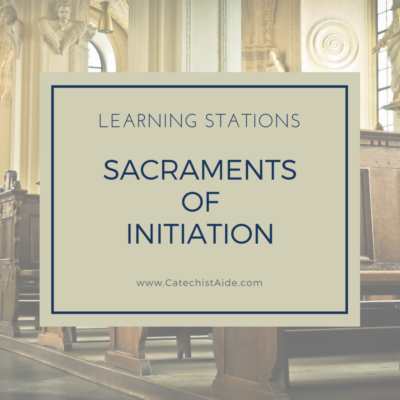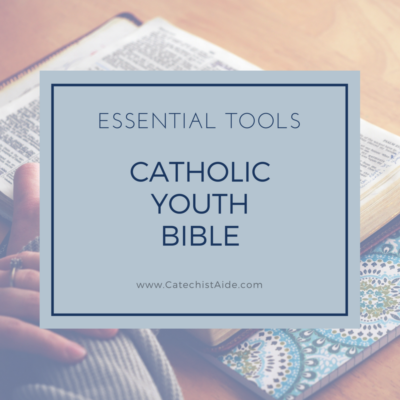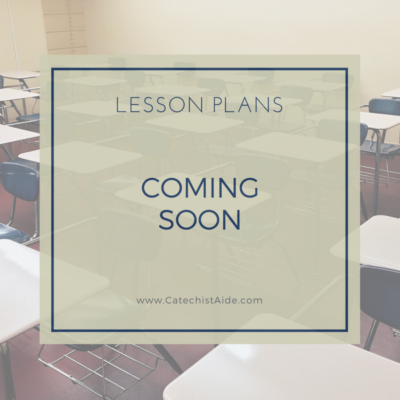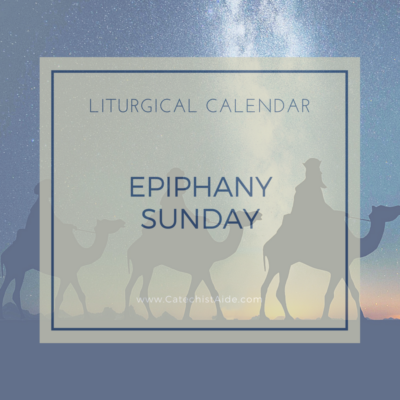Establish Rules for Classroom Behavior Up-Front
Let your students know, from the first day of class, what your expectations are in terms of their behavior in the classroom. It may be helpful to either make them sign a “Classroom Contract” indicating they understand the rules of the classroom, or keep a poster with the rules visible in the room. Sure, you’ll have to remind them throughout the year, but be clear, be consistent, and keep reminding them until it becomes a habit. It’s like teaching your children to put on a seatbelt in the car. You don’t just say it once, you say “Okay everyone buckle up” every time you get in the car until they do it without even thinking about it.
Some rules that I find helpful for middle school students:
-
- No Distractions. All schoolbooks, homework, cell phones and tablets, and any other type of distraction (including snacks) should be put away when class begins – items that are not put away WILL be taken away until class is over.
- LISTEN = SILENT. The word “listen” contains the exact same letters as the word “silent” and when I’m talking, you should be listening – in other words be silent. There will be many opportunities for you to speak out; when I am talking is not one of them.
- Visitors to the classroom. From time to time we may have visitors to our class. When any visitor, whether it is Father, a guest speaker, or one of your parents, enters our classroom, everyone needs to immediately quiet down and give our guest your full attention and respect.
- Respectful use of the classroom. Other students, or parish groups, use our classroom for various activities. Do not touch or move anything that does not belong to you. At the end of class, all students should return chairs to their original location, and tidy up their area. Any trash should be placed in trash receptacles.
- Behavior in Church/Chapel – Students’ behavior during visits to Church should reflect that they are in a sacred and holy place. Silence should be observed, and students should display proper reverence by genuflecting before the Tabernacle and bowing before the altar. Remember that as middle school students you serve as an example for the younger children.
© 2017 www.CatechistAide.com





